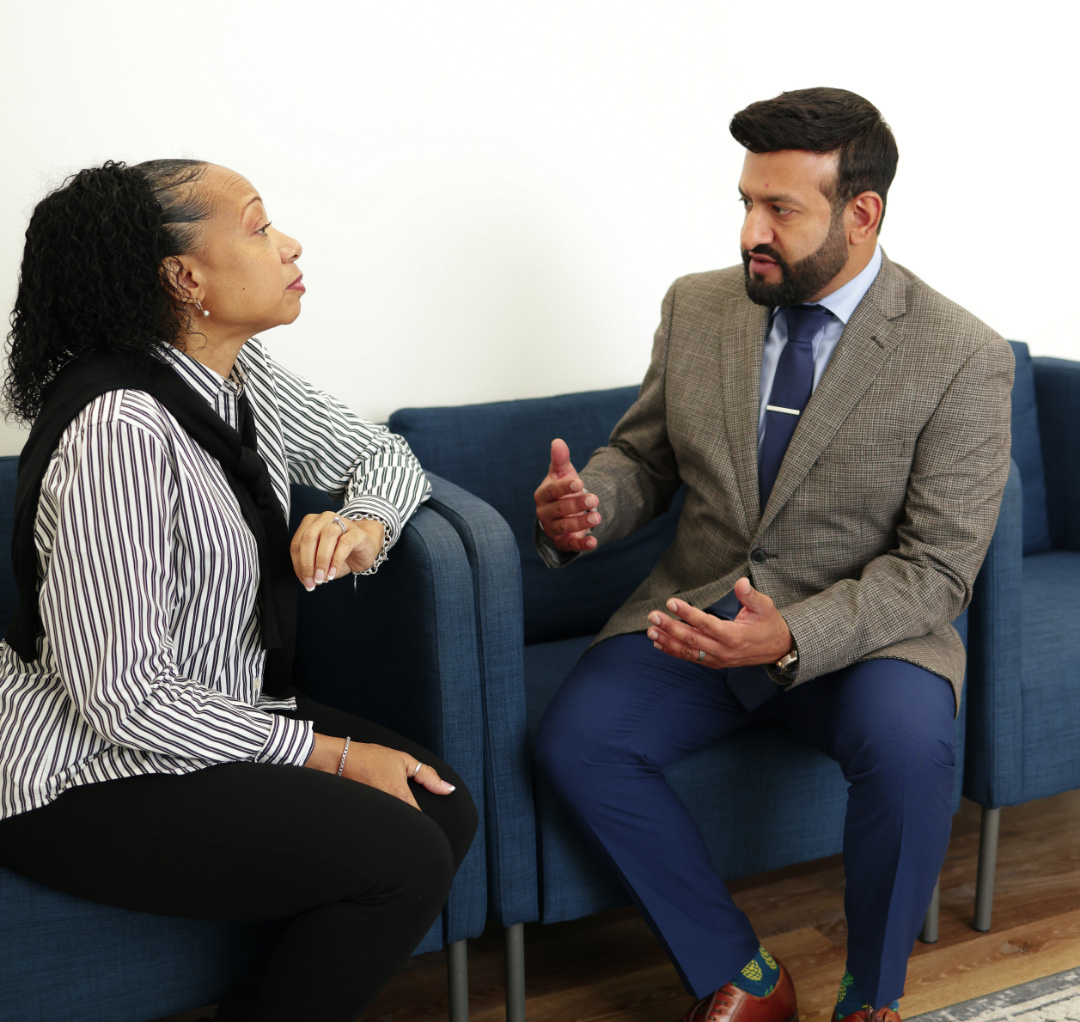Role of Pain Management
for Chronic Back Pain

Back pain is one of the most common medical issues today. Whether you’ve experienced lower back pain from sitting or standing too long, injury-related back pain from a herniated disc, or chronic back pain with persistent, daily symptoms — the discomfort caused by back pain can make everyday activities (like sleeping, walking, or sitting) uncomfortable and even unbearable for those with the worst cases.
Role of Pain Management for Chronic Back Pain

Back pain is one of the most common medical issues today. Whether you’ve experienced lower back pain from sitting or standing too long, injury-related back pain from a herniated disc, or chronic back pain with persistent, daily symptoms — the discomfort caused by back pain can make everyday activities (like sleeping, walking, or sitting) uncomfortable and even unbearable for those with the worst cases.
What is Chronic Back Pain?
Medical studies predict that 8 out of 10 people will experience some form of back pain at some point in their lives. And about 8% of the adult population live with chronic back pain — consistent pain that continues for 3 months or more. Those experiencing chronic back pain describe the feeling as a dull ache, stabbing pain, burning sensation, or constant tingling. If you think you are experiencing chronic back pain, don’t wait to get treated. Prolonged nerve irritation can lead to permanent disabilities, damage to the nerves, and issues with daily functioning. Nobody in pain should wait.
Let us know so we can help today!

Pain Management for Chronic Back Pain
The role of pain management is to understand, diagnose, and treat the root cause of pain or discomfort. There are many non-surgical methods used to relieve chronic back pain, including pain medication (ibuprofen, Aleve, or prescription drugs), acupuncture, massage, physical therapy, cortisone injections, electrical nerve stimulation, and other nonsurgical spine treatments. Daily exercise is also known to lessen symptoms as core strength and posture are improved over time. Activities such as swimming, walking, yoga, or Pilates are highly effective exercises due to the low strain on the back and emphasis on the core.
When non-surgical treatments and exercises have been unsuccessful, spinal cord stimulation can be an effective option for those experiencing chronic back pain, neck pain, or complex regional pain syndrome. Our interventional pain specialists can locate the root cause of your pain and find the most effective treatment and pain management plan to get you back to a pain-free, active lifestyle.
When to get Treatment for Back Pain
Back pain is common, but chronic, consistent back pain isn’t something you should live with. If you have been in pain for over a week, if the pain extends to other parts of the body, or if you are experiencing burning, numbness, or tingling — it’s time to get treatment.
If you have back pain but don’t know if it’s serious enough to see a specialist — don’t wait! At AK Pain & Spine, we believe nobody should live with pain. Whether you’re experiencing chronic back pain or a simple lower back irritation, our spine specialists can help find the remedy you’ve been looking for to cure the discomfort and get you back to a normal, pain-free life. We’re proud to have been voted the top pain management practice in Houston, TX, and can’t wait to show you why.
